More fun with the Fried Liver Attack
December 23, 2023 - Chess
After writing my previous post about the Fried Liver Attack, I realized that I left out some more interesting lines that you might encounter. In this post, we will look at other positions you will likely encounter as you use this opening more often.
- Entering the Fried Liver Attack
- The Polerio Defense
- The Ponziani-Steinitz Gambit
- The Anti-Fried Liver Defense
- Parting Thoughts
Entering the Fried Liver Attack
Just as a quick refresher, we enter the Knight Attack variation of the Italian Game after we jump our knight forward to g5 to create a powerful double attack on the vulnerable f7 square.
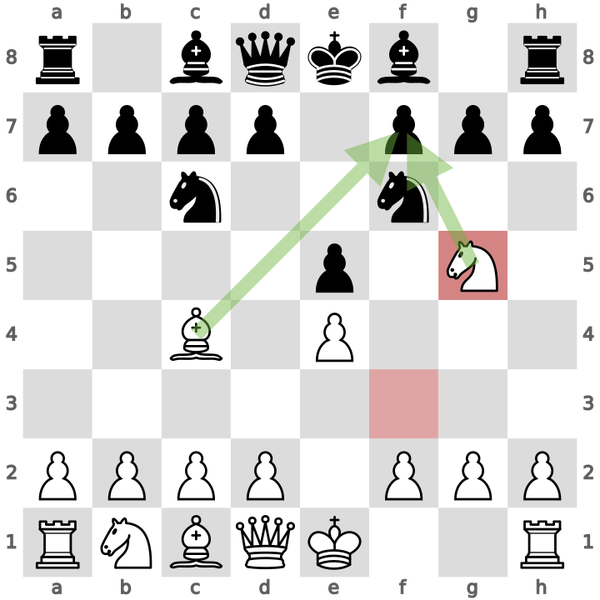
The Polerio Defense
A common response to this double attack is to block our bishop’s vision of f7 by advancing the pawn to d5, and attacking our bishop at the same time.
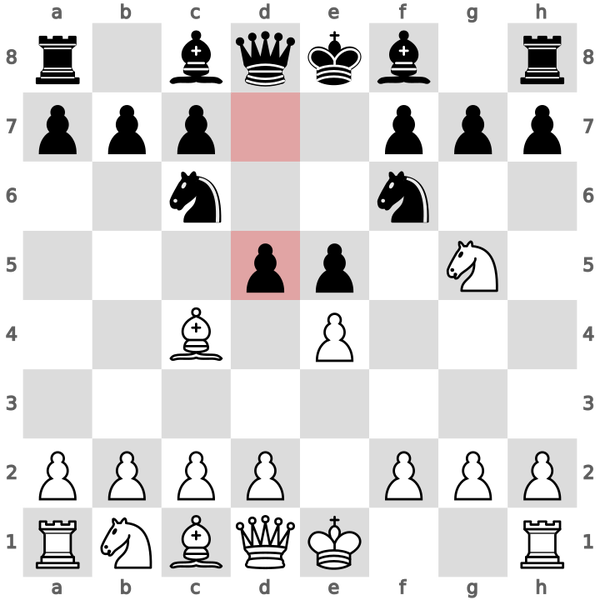
We naturally capture this pawn with our pawn on e4, which removes the attack on our bishop and counterattacks our opponent’s knight.
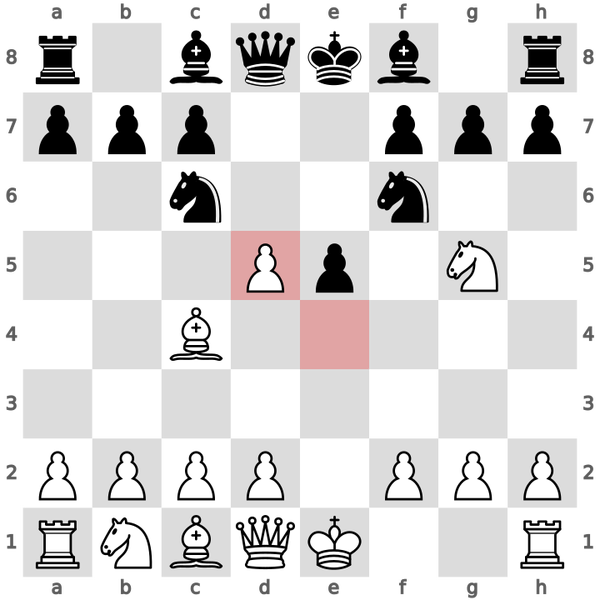
The most common response to this counterattack is for black to capture our pawn with their other knight. However, there is another approach they could take. They could simply move their attacked knight to safety on a5, where it also attacks our undefended bishop. This is called the Polerio Defense.
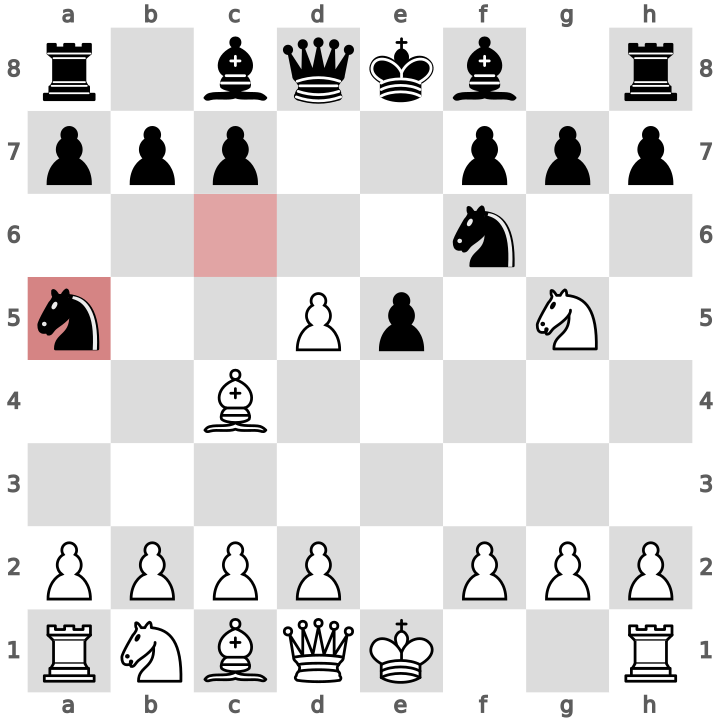
The followup for white is quite simple, we will get out of the attack by using our bishop to give a check.
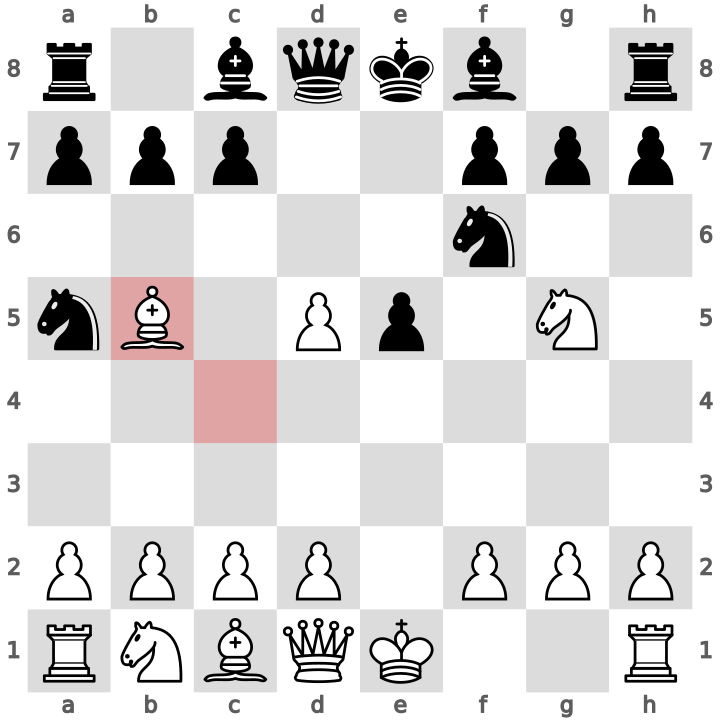
After this, your opponent may block the check with their bishop, their knight, or a pawn. At this point, we have safely left the opening up a pawn. From here on, by playing solid you can gain an advantage, but you will not have an overwhelming tactical advantage as you might in many of the other lines.
The Ponziani-Steinitz Gambit
This is an unconvential way that black might respond to our dual threat on the f7 square. They could instead take our pawn on e4 with the knight, entering the gambit.
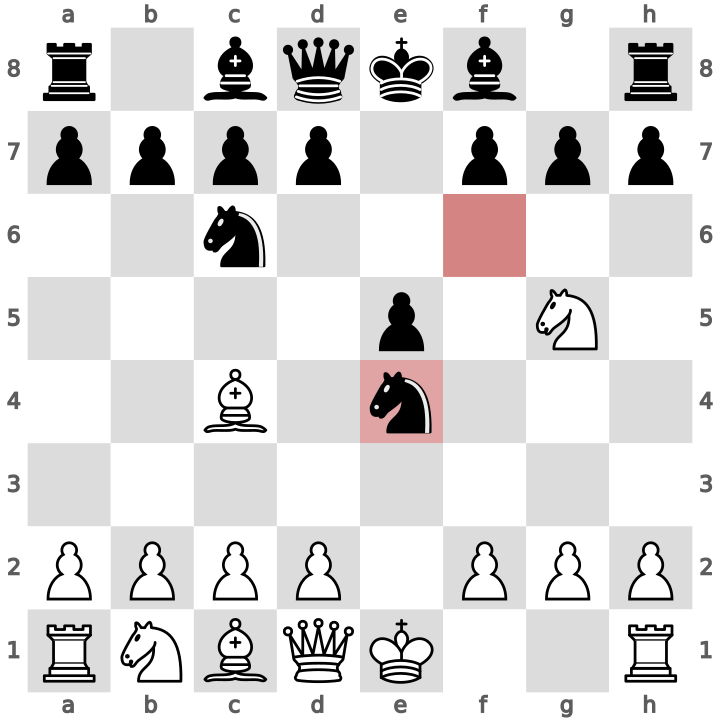
This seems like a mistake at first, because we could simply capture the knight back. The problem is that we run straight into a fork when black pushes their d4 pawn.
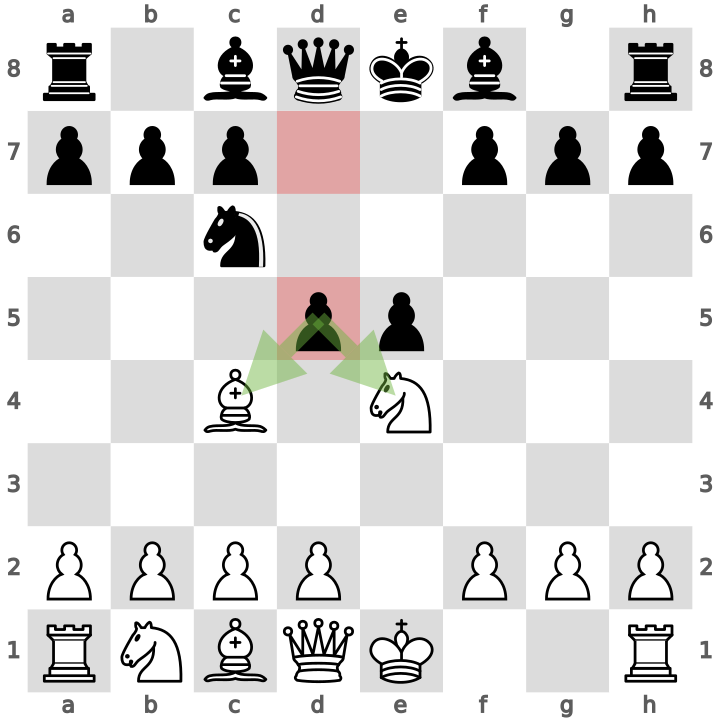
Similarly, if we continue with our plan of attacking with the knight on f7, our opponent is able to simply move their queen to h4, and begin to threaten checkmate.
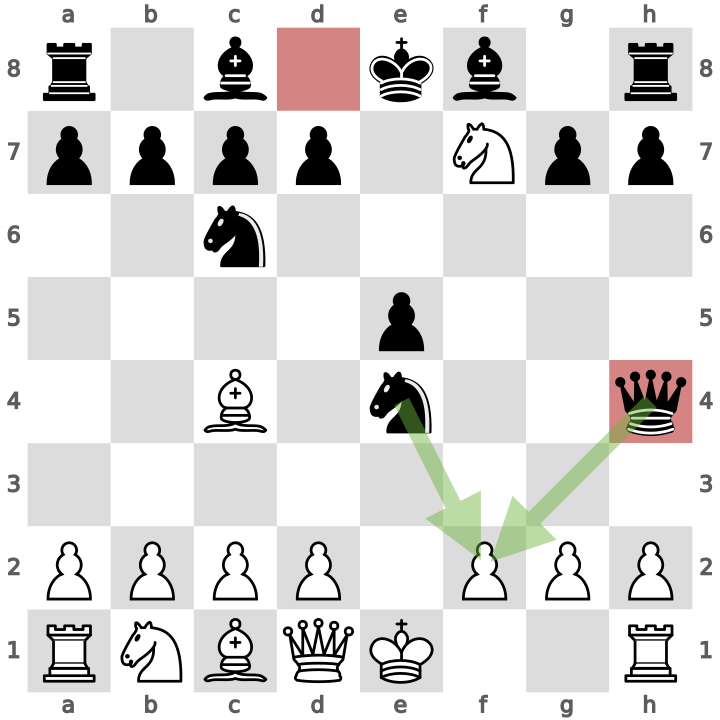
To avoid all of these complications, we should simply offer a check to the king on f7, by capturing with our bishop.
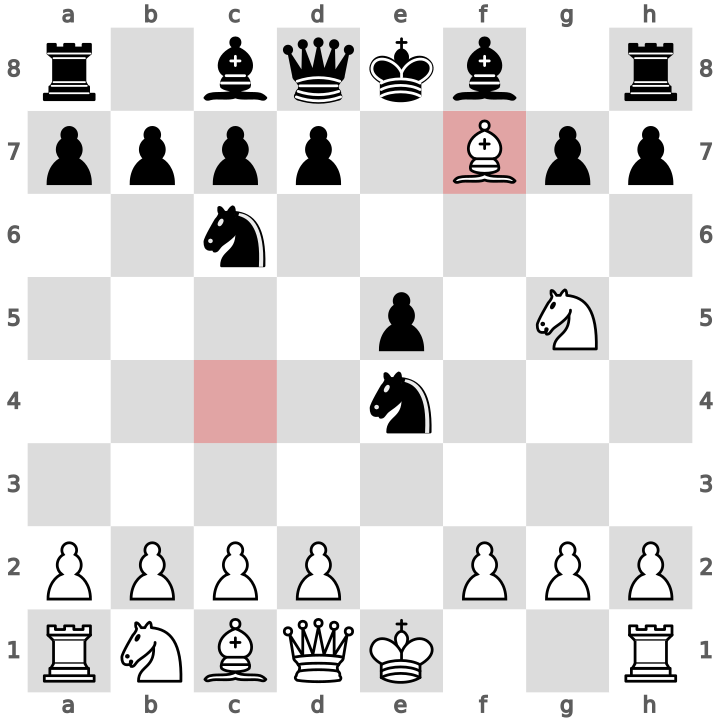
The Anti-Fried Liver Defense
The final variation actually begins before we can even move our knight to threaten the f7 pawn. This is called the Anti-Fried Liver Defense, so while not part of the Italian Game: Knight Attack, it is certainly related. Essentially, after entering the Italian Game our opponent pushes their pawn to h6 instead of moving their second knight out to f6.
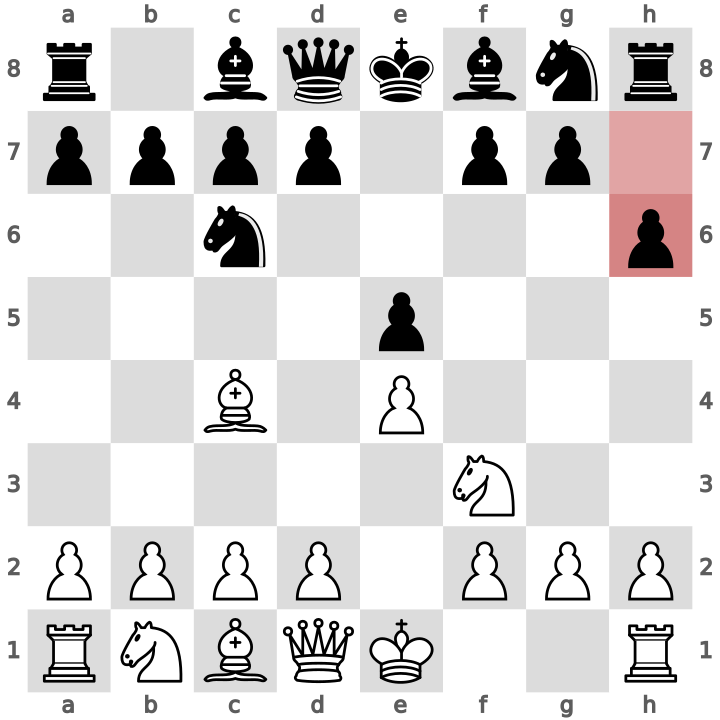
Because our opponent has chosen to push a pawn rather than develop a piece, we can choose to attack the center by pushing our pawn to d4. After this point, much of the ideas of a standard Italian Game apply, so I would encourage you to explore further there.
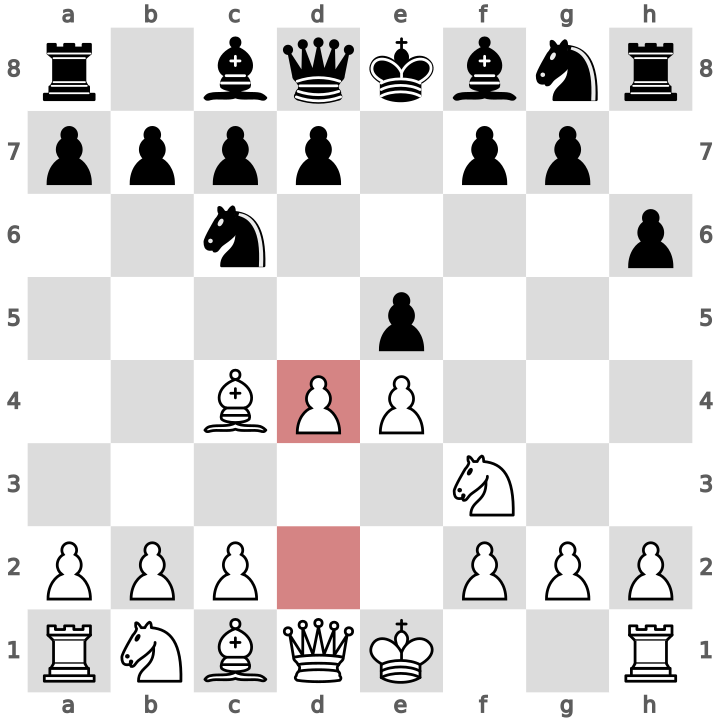
Parting Thoughts
As you can see, even with a niche opening like the Fried Liver Attack, there are so many variations that can arise. It’s important to study all of the different variations, especially by practicing them in actual games. When a new variation arises, it’s important to analyze the best rebuttal and keep it mind for future games.
Let me know what you think about this article by leaving a comment below, reaching out to me on Twitter or sending me an email at pkukkapalli@gmail.com